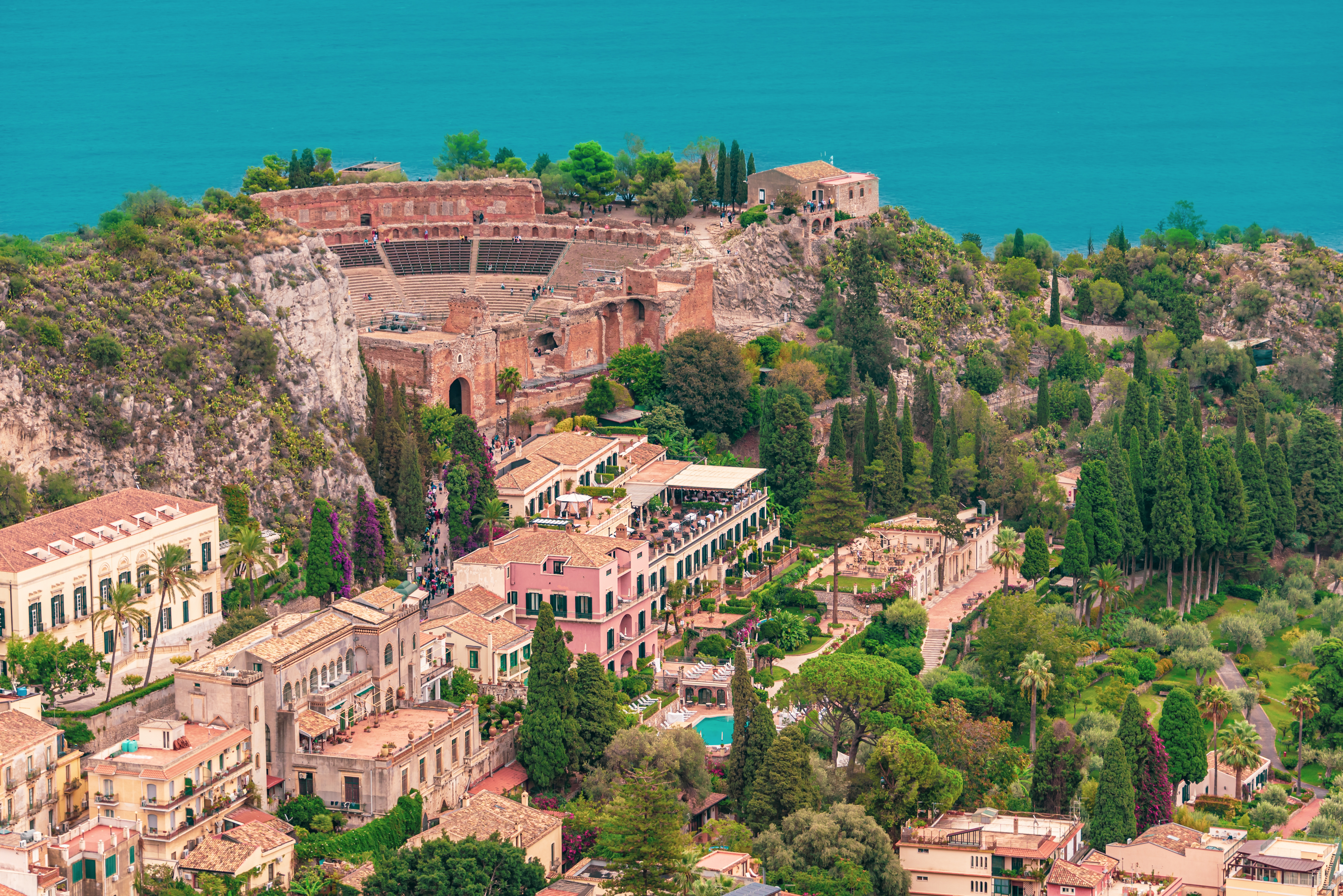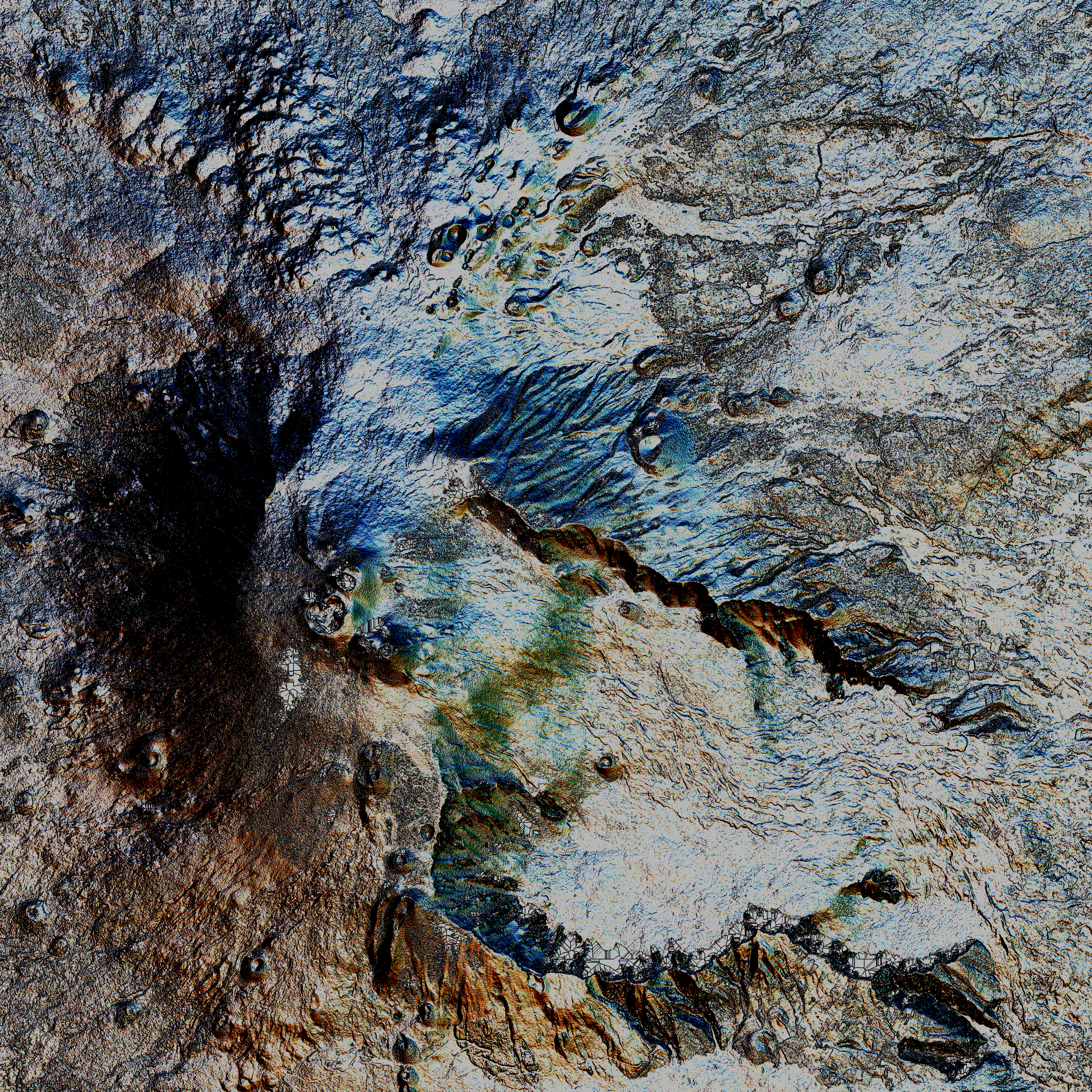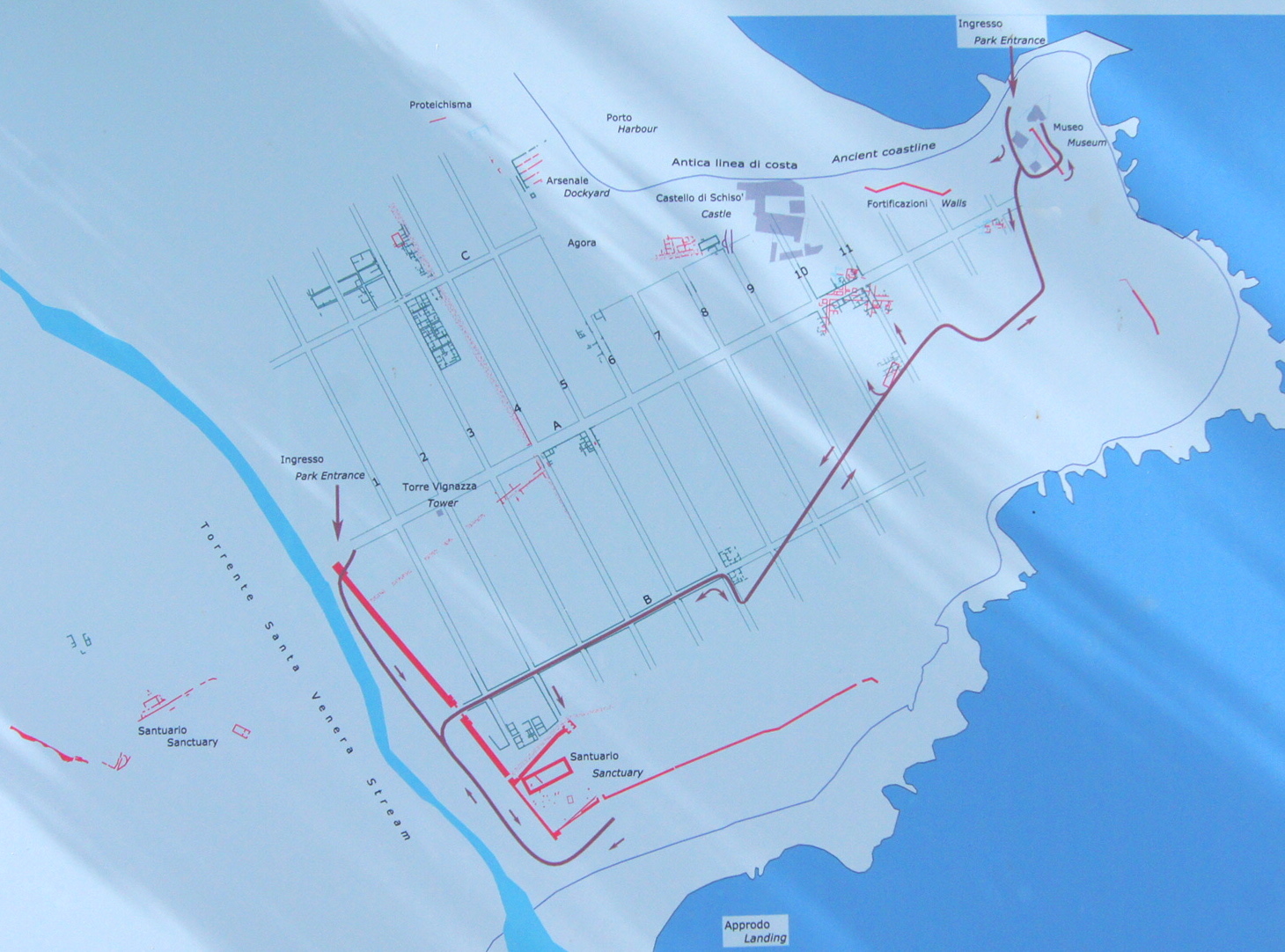|
Alcantara (river)
The Alcantara (; or ) is a river in Sicily, Southern Italy. It has its source on the south side of Monti Nebrodi and its mouth in the Ionian Sea at Capo Schiso in Giardini-Naxos. The river is long. The name ''Alcantara'' is of Arabic origin () and refers to a bridge from Roman times found by the Arabs. Thucydides called it ''Acesines'' () while its Latin names were ''Assinus'', ''Assinos'', ''Asines'', ''Asinius'', ''Onobala'', ''Onobalas'', and ''Acesines''. ''Cantera'' was another hydronym for it, adopted by Normans. The river is mentioned by Thucydides on occasion of the attack made on Naxos by the Messenians in 425 BCE. Course The Alcantara has its source at an elevation of in the municipality of Floresta. On its way to the sea, past the north of Mount Etna, it flows through the municipalities of Randazzo, Mojo Alcantara, Francavilla di Sicilia, Motta Camastra, Castiglione di Sicilia, Graniti, Gaggi, Calatabiano, Taormina and Giardini-Naxos. Several thousand ye ... [...More Info...] [...Related Items...] OR: [Wikipedia] [Google] [Baidu] |
Monti Nebrodi
The Nebrodi (; , ; ) is a mountain range that runs along the north east of Sicily. Together with the Madonie and the Peloritani, they form the Sicilian Apennines. The mountains run from the Peloritani on the eastern part of the island to the foothill of the Madonie mountains to the west, facing the Tyrrhenian Sea on the north. Mount Etna, from which it is separated by the rivers Alcantara and Simeto, forms the range's southern border. Several of the peaks are above 1500 meters with the highest being the Monte Soro (1,847 m) and the Serra del Re (1,754 m). The range mostly made up of sandstone and clay rocks, but include also limestone landscapes, like the Rocche del Crasto where is located the Grotta del Lauro abundant of stalactites and stalagmites . Towns that are situated in the mountains include Troina, Nicosia, Mistretta, and a number of other towns in the province of Messina. Much of the mountains are covered by thick forests of cork trees on the lowest slopes giving w ... [...More Info...] [...Related Items...] OR: [Wikipedia] [Google] [Baidu] |
Sicily
Sicily (Italian language, Italian and ), officially the Sicilian Region (), is an island in the central Mediterranean Sea, south of the Italian Peninsula in continental Europe and is one of the 20 regions of Italy, regions of Italy. With 4.7 million inhabitants, including 1.2 million in and around the capital city of Palermo, it is both the largest and most populous island in the Mediterranean Sea. Sicily is named after the Sicels, who inhabited the eastern part of the island during the Iron Age. Sicily has a rich and unique culture in #Art and architecture, arts, Music of Sicily, music, #Literature, literature, Sicilian cuisine, cuisine, and Sicilian Baroque, architecture. Its most prominent landmark is Mount Etna, the tallest active volcano in Europe, and one of the most active in the world, currently high. The island has a typical Mediterranean climate. It is separated from Calabria by the Strait of Messina. It is one of the five Regions of Italy#Autonomous regions with s ... [...More Info...] [...Related Items...] OR: [Wikipedia] [Google] [Baidu] |
Lava
Lava is molten or partially molten rock (magma) that has been expelled from the interior of a terrestrial planet (such as Earth) or a Natural satellite, moon onto its surface. Lava may be erupted at a volcano or through a Fissure vent, fracture in the Crust (geology), crust, on land or underwater, usually at temperatures from . The volcanic rock resulting from subsequent cooling is often also called ''lava''. A lava flow is an outpouring of lava during an effusive eruption. (An explosive eruption, by contrast, produces a mixture of volcanic ash and other fragments called tephra, not lava flows.) The viscosity of most lava is about that of ketchup, roughly 10,000 to 100,000 times that of water. Even so, lava can flow great distances before cooling causes it to solidify, because lava exposed to air quickly develops a solid crust that insulates the remaining liquid lava, helping to keep it hot and inviscid enough to continue flowing. Etymology The word ''lava'' comes from Ital ... [...More Info...] [...Related Items...] OR: [Wikipedia] [Google] [Baidu] |
Taormina
Taormina ( , , also , ; ) is a ''comune'' (municipality) in the Metropolitan City of Messina, on the east coast of the island of Sicily, Italy. Taormina has been a tourist destination since the 19th century. Its beaches on the Ionian Sea, including that of Isola Bella, are accessible via an aerial tramway built in 1992, and via highways from Messina in the north and Catania in the south. On 26–27 May 2017 Taormina hosted the 43rd G7 summit. History The history of Taormina dates back to before Ancient Greece established its first colony on Sicily in 734 BCE in Magna Graecia. After the fall of the Western Roman Empire, Taormina continued to rank as one of the more important towns of the island. Taormina followed the history of Sicily in being ruled by successive foreign monarchs. After the Italian unification, Taormina began to attract well-off tourists from northern Europe, and it became known as a welcoming haven for gay men and artists. Main sights The present town ... [...More Info...] [...Related Items...] OR: [Wikipedia] [Google] [Baidu] |
Mount Etna
Mount Etna, or simply Etna ( or ; , or ; ; or ), is an active stratovolcano on the east coast of Sicily, Italy, in the Metropolitan City of Catania, between the cities of Messina, Italy, Messina and Catania. It is located above the Convergent boundary, convergent plate margin between the African Plate and the Eurasian Plate. It is one of the tallest active volcanoes in Europe, and the tallest peak in Italy south of the Alps with a current height (September 2024) of , though this varies with summit eruptions. For instance, in 2021 the southeastern crater reached a height of , but was then surpassed by the Voragine crater after the summer 2024 eruptions. Etna covers an area of with a basal circumference of . This makes it by far the largest of the three volcanism in Italy, active volcanoes in Italy, being about two and a half times the height of the next largest, Mount Vesuvius. Only Teide, Mount Teide on Tenerife in the Canary Islands surpasses it in the whole of the Euro ... [...More Info...] [...Related Items...] OR: [Wikipedia] [Google] [Baidu] |
Messenians
Messenia () was an ancient district of the southwestern Peloponnese, more or less overlapping the modern Messenia region of Greece. To the north it had a border with Elis along the Neda river. From there the border with Arcadia ran along the tops of Mount Elaeum and Mount Nomia and then through foothills of Taygetus. The eastern border with Laconia went along the Taygetus ridge up to the Koskaraka river, and then along that river to the sea, near the city of Abia. Ancient Messenia descended continuously without change of name and with little change of territory to the modern Regional Unit of Greece of the same name. History Bronze age The earliest inhabitants of Messenia were thought by the Greeks of the Classical period to have been 'Pelasgians', as in other regions of Greece. Supposedly, the Hellenic tribes had then arrived in Greece, and Messenia was settled by Aeolian Greeks. The Mycenaean city of Pylos has been identified with the modern site of Ano Englianos, in west ... [...More Info...] [...Related Items...] OR: [Wikipedia] [Google] [Baidu] |
Naxos (Sicily)
Naxos or Naxus () was an ancient Greek city of Magna Graecia, presently situated in modern Giardini Naxos near Taormina on the east coast of Sicily. Much of the site has never been built on and parts have been excavated in recent years. Its remains are open to the public and an on-site museum contains many finds. Location The city occupied a low rocky headland, now called Cape Schisò, formed by an ancient lava flow, immediately to the north of the Acesines (modern Alcantara) stream. Name There can be little doubt that the name was derivedHellanicus FGrH 4 F82 from the origin of the first colonists from Naxos in Greece. This has become even more definite since 1977 when the marble ''cippus'' (or sacred stone) inscribed with a dedication to the goddess Enyo was found in the large sanctuary west of the Santa Venera river. The characters are written in the unique 7th c. BC script of Greek Naxos. History Foundation Ancient writers agree that Naxos was the most ancient ... [...More Info...] [...Related Items...] OR: [Wikipedia] [Google] [Baidu] |
Normans
The Normans (Norman language, Norman: ''Normaunds''; ; ) were a population arising in the medieval Duchy of Normandy from the intermingling between Norsemen, Norse Viking settlers and locals of West Francia. The Norse settlements in West Francia followed a series of raids on the French northern coast mainly from what is now Denmark, although some also sailed from Norway and Sweden. These settlements were finally legitimized when Rollo, a Scandinavian Vikings, Viking leader, agreed to swear fealty to Charles the Simple, King Charles III of West Francia following the Siege of Chartres (911), siege of Chartres in 911, leading to the formation of the ''County of Rouen''. This new fief, through kinship in the decades to come, would expand into what came to be known as the ''Duchy of Normandy''. The Norse settlers, whom the region as well as its inhabitants were named after, adopted the language, Christianity, religion, culture, social customs and military, martial doctrine of the Wes ... [...More Info...] [...Related Items...] OR: [Wikipedia] [Google] [Baidu] |
Hydronym
A hydronym (from , , "water" and , , "name") is a type of toponym that designates a proper name of a body of water. Hydronyms include the proper names of rivers and streams, lakes and ponds, swamps and marshes, seas and oceans. As a subset of toponymy, a distinctive discipline of ''hydronymy'' (or ''hydronomastics'') studies the proper names of all bodies of water, the origins and meanings of those names, and their development and transmission through history. Classification by water types Within the onomastic classification, main types of hydronyms are (in alphabetical order): * helonyms: proper names of swamps, marshes and bogs * limnonyms: proper names of lakes and ponds * oceanonyms: proper names of oceans * pelagonyms: proper names of seas and maritime bays * potamonyms: proper names of rivers and streams Linguistic phenomena Often, a given body of water will have several entirely different names given to it by different peoples living along its shores. For example, ... [...More Info...] [...Related Items...] OR: [Wikipedia] [Google] [Baidu] |
Appian
Appian of Alexandria (; ; ; ) was a Greek historian with Roman citizenship who prospered during the reigns of the Roman Emperors Trajan, Hadrian, and Antoninus Pius. He was born c. 95 in Alexandria. After holding the senior offices in the province of Aegyptus (Egypt), he went to Rome c. 120, where he practiced as an advocate, pleading cases before the emperors (probably as ''advocatus fisci'', an important official of the imperial treasury). It was in 147 at the earliest that he was appointed to the office of procurator, probably in Egypt, on the recommendation of his friend Marcus Cornelius Fronto, an influential rhetorician and advocate. Because the position of procurator was open only to members of the equestrian order (the "knightly" class), his possession of this office tells us about Appian's family background. His principal surviving work (Ρωμαϊκά ''Romaiká'', known in Latin as ''Historia Romana'' and in English as ''Roman History'') was written in Greek i ... [...More Info...] [...Related Items...] OR: [Wikipedia] [Google] [Baidu] |
Thucydides
Thucydides ( ; ; BC) was an Classical Athens, Athenian historian and general. His ''History of the Peloponnesian War'' recounts Peloponnesian War, the fifth-century BC war between Sparta and Athens until the year 411 BC. Thucydides has been dubbed the father of "scientific history" by those who accept his claims to have applied strict standards of impartiality and evidence-gathering and analysis of cause and effect, without reference to intervention by the Ancient Greek religion, gods, as outlined in his introduction to his work. Thucydides has been called the father of the school of political realism, which views the political behavior of individuals and the subsequent outcomes of relations between states as ultimately mediated by, and constructed upon, fear and self-interest. His text is still studied at universities and military colleges worldwide. The Melian dialogue is regarded as a seminal text of international relations theory, while his version of Pericles's Funeral O ... [...More Info...] [...Related Items...] OR: [Wikipedia] [Google] [Baidu] |
Arabs
Arabs (, , ; , , ) are an ethnic group mainly inhabiting the Arab world in West Asia and North Africa. A significant Arab diaspora is present in various parts of the world. Arabs have been in the Fertile Crescent for thousands of years. In the 9th century BCE, the Assyrians made written references to Arabs as inhabitants of the Levant, Mesopotamia, and Arabia. Throughout the Ancient Near East, Arabs established influential civilizations starting from 3000 BCE onwards, such as Dilmun, Gerrha, and Magan, playing a vital role in trade between Mesopotamia, and the Mediterranean. Other prominent tribes include Midian, ʿĀd, and Thamud mentioned in the Bible and Quran. Later, in 900 BCE, the Qedarites enjoyed close relations with the nearby Canaanite and Aramaean states, and their territory extended from Lower Egypt to the Southern Levant. From 1200 BCE to 110 BCE, powerful kingdoms emerged such as Saba, Lihyan, Minaean, Qataban, Hadhramaut, Awsan, and ... [...More Info...] [...Related Items...] OR: [Wikipedia] [Google] [Baidu] |






